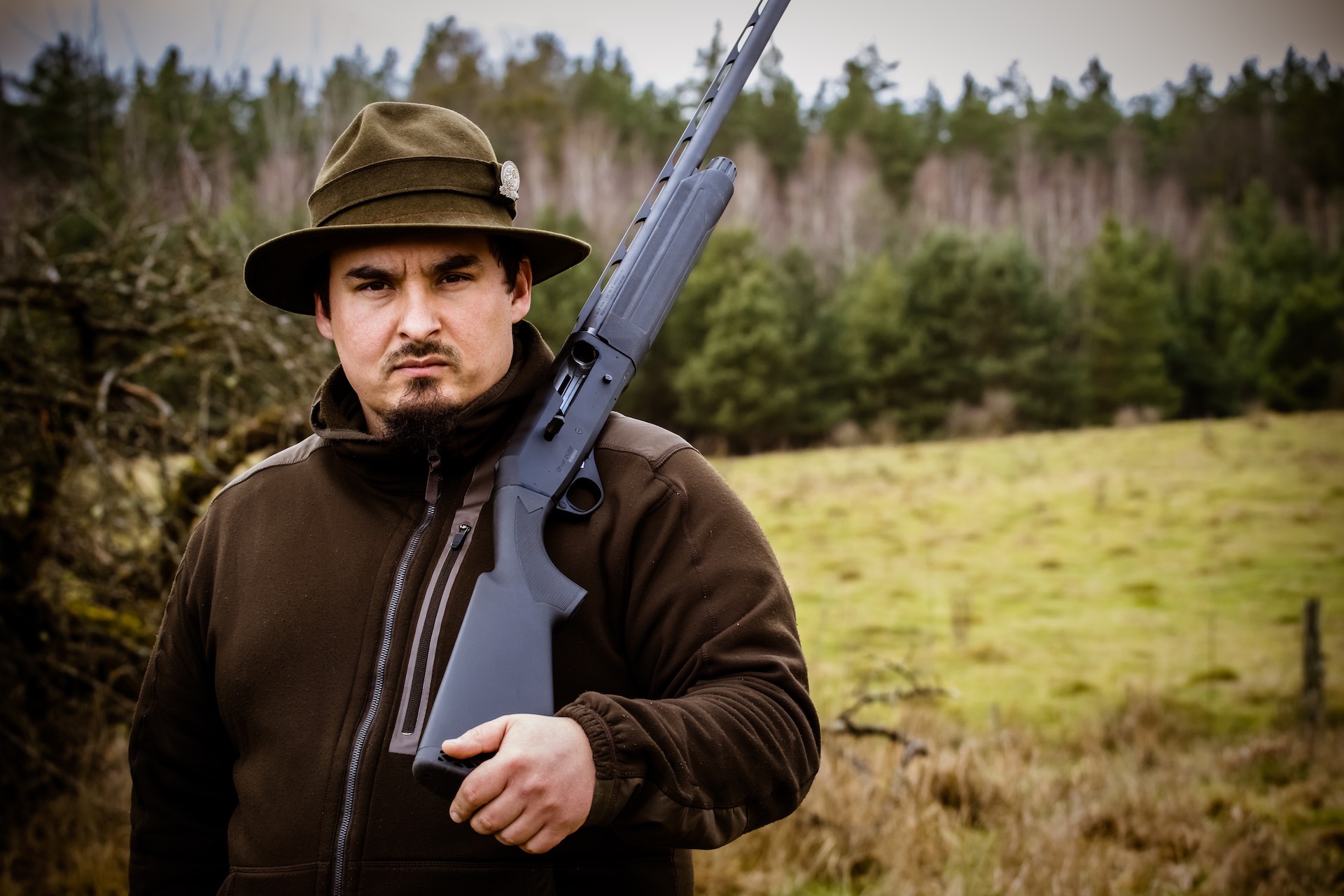
Sezon na myśliwego
16 sierpnia, 2019
Smak łowów na grzywacze
9 września, 2019It is said that the origins of photography date back to ancient Greece and the invention called camera obscura, however, the correct date for its invention is considered to be 1839. The first photograph on a polished silver-plated copper plate was created by Frenchman Louis Jacques Daguerre. Many years have passed since then, and traditional photosensitive materials have replaced matrices in SLRs, mirrorless cameras and smartphones. The times when to develop a photo had to go to a photo lab and return even after a few days to receive the developed photos were a thing of the past. Today, in the era of smartphones and social media, with just one click, the picture taken goes to the world.
Sometimes the photographs we publish on the Internet remain unnoticed, sometimes on the contrary, they are widely commented on and shared, causing a wave of hatred, threats or hate speech. The second group definitely includes photos with hunted animals, which many of our colleagues publish on the web, often without being aware of what may happen to them at any moment. Probably each of us has read or heard about the situation where under the photo with hunted deer, wild boar, deer or fox appear the words „murdered”. Such words are often spoken by people who are not aware of who the hunter is and what murder is. Murder, according to the definition, may apply to human. However, apart from the actual meaning of the word, the term murderer is just the tip of the iceberg. I’ve seen a lot on the web, from the slogans „Dyi” through „let you go to be shot”, by the terms „shoot yourself in the head”, or „I’d hang a trophy from your head over the composter” to profanity that not I want to quote here and death threats directly to the author or photographer.

According to commentators, the hunter does not hunt for meat, but for entertainment, pulls the trigger for fun, and goes hunting for sport. Knowledge of photography techniques does not help, visible elements of hunting tradition and culture do not help too. Often, even the best picture taken, where the blood is not visible, the game is decorated with spruce twig, and the hunter stands thoughtfully without a hat and can cause a wave of hateful comments. Not many photos are often used by all anti-hunting organizations, and their meaning distorted and turned against us in order to extort money from a naive society. Closed profiles do not help, because a post once made public on the internet is like an advertisement hung on a pole in the city center that everyone can see sooner or later. I am even able to go a step further and ask if if you are publishing such a picture on the web, would you be able to print it and hang it on the front door of your home, in the office or on the windshield of the car. If you are wondering why I make such a comparison, think about what things you share online right next to the game – a photo of your home, family, phone number, list of colleagues, school or office address. I know the history of people whose virtual hatred turned into a real one touching not only that person, but also his loved ones.
The duck season is in progress, and deer season will start soon. Every day hunters set out to hunt to get the only, dream, awaited deer, duck, doe or wild boar. Many will want to show it on the web by publishing a photo of the hunted game. The question is whether these people are ready for what may happen to them a moment later. The question is whether the fact of acquiring a bull is so important that while still on the hunt the photo must land on a social networking site. Of course, it’s worth capturing hunting trips, the only question is whether we can’t find a better way to share it than a photo of the game lying in the fishery. Just the removal of the scales, the pulpit, the so-called selfie, the medal after the quote, or the bull exposed on the wall does not cause such a wave of hatred as a photo with a dead game on the hunt.




